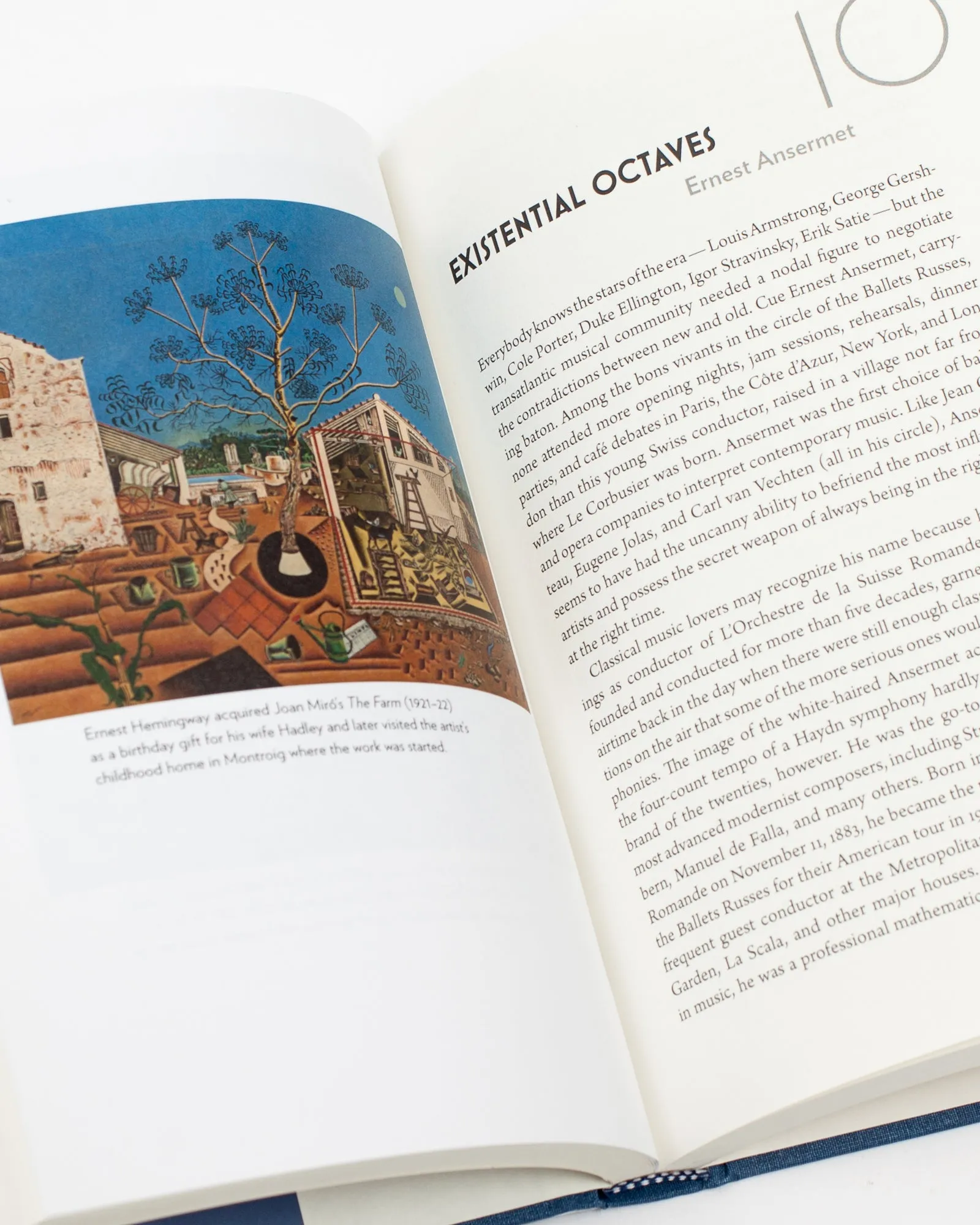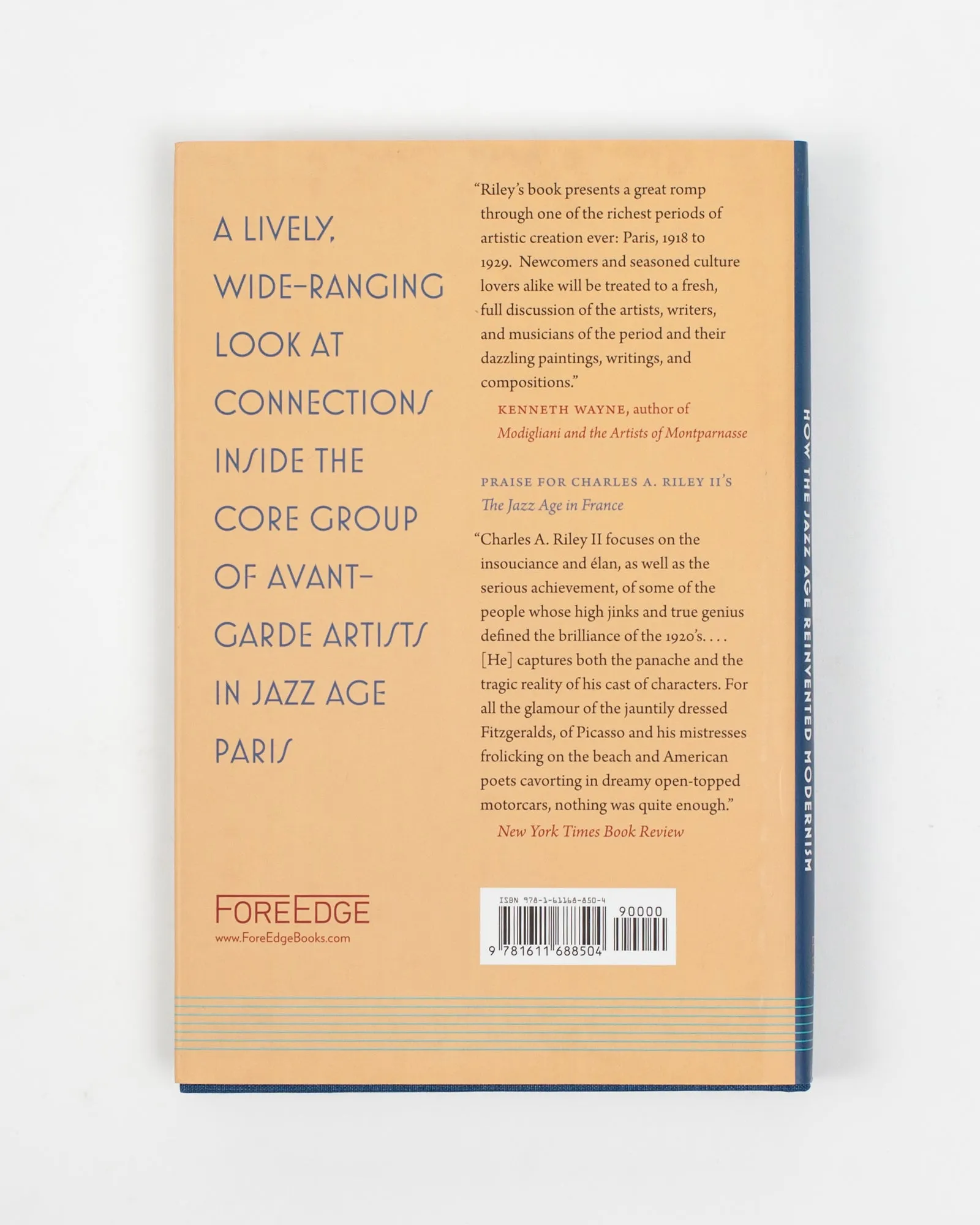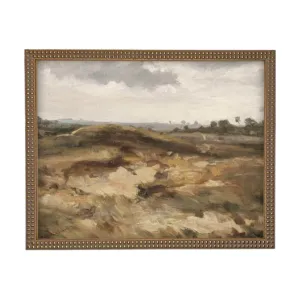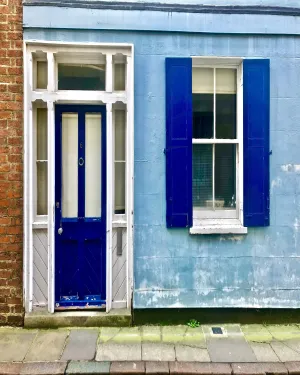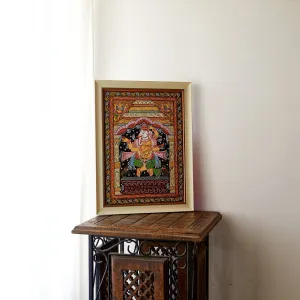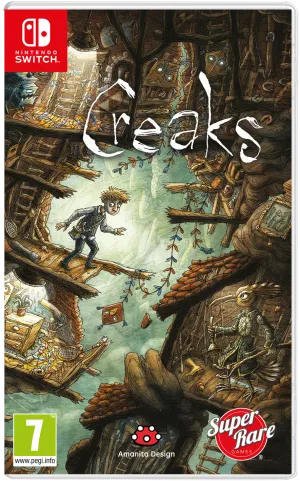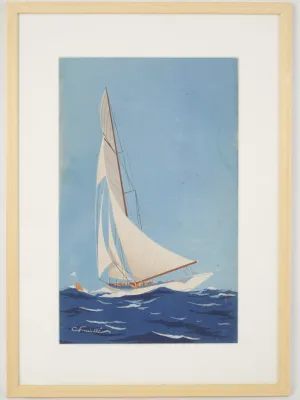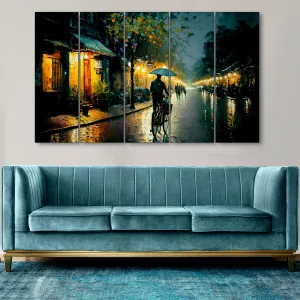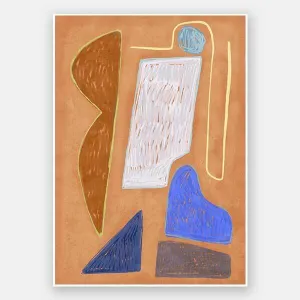DESCRIPTION
How the Jazz Age Reinvented Modernism.
Among many art, music and literature lovers, particularly devotees of modernism, the expatriate community in France during the Jazz Age represents a remarkable convergence of genius in one place and period—one of the most glorious in history. Drawn by the presence of such avant-garde figures as Joyce and Picasso, artists and writers fled the Prohibition in the United States and revolution in Russia to head for the free-wheeling scene in Paris, where they made contact with rivals, collaborators, and a sophisticated audience of collectors and patrons. The outpouring of boundary-pushing novels, paintings, ballets, music, and design was so profuse that it belies the brevity of the era (1918–1929).
Drawing on unpublished albums, drawings, paintings, and manuscripts, Charles A. Riley offers a fresh examination of both canonic and overlooked writers and artists and their works, by revealing them in conversation with one another. He illuminates social interconnections and artistic collaborations among the most famous—Fitzgerald, Hemingway, Gershwin, Diaghilev, and Picasso—and goes a step further, setting their work alongside that of African Americans such as Sidney Bechet, Archibald Motley Jr., and Langston Hughes, and women such as Gertrude Stein and Nancy Cunard. Riley’s biographical and interpretive celebration of the many masterpieces of this remarkable group shows how the creative community of postwar Paris supported astounding experiments in content and form that still resonate today.
272 pages, Hardcover





